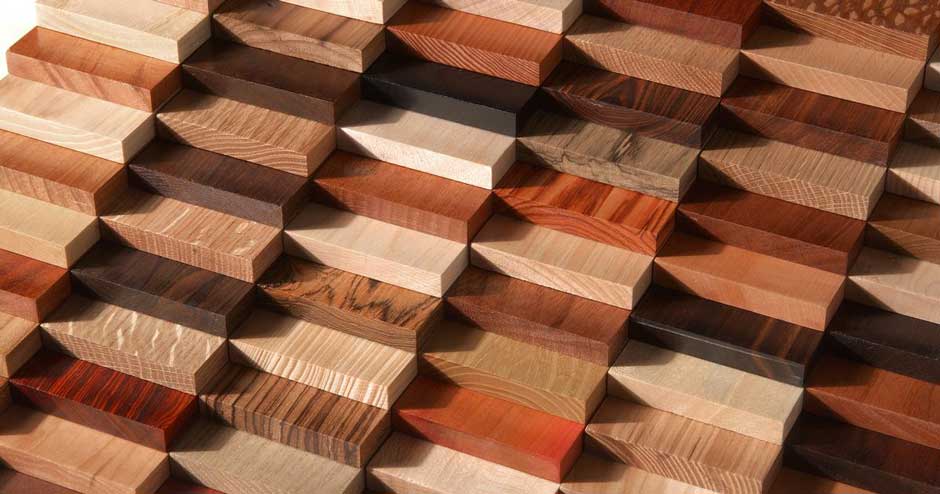Many things use different kinds of timber regardless of furniture, flooring, or fencing. With so many kinds of wood, learning about the different kinds available is a good life skill. This way, you can make more informed decisions about what to include in your home or garden.
Some woods have finer grains, some are more durable, and some pop more in colour. Each type of wood is different, but an overarching dependency is a quality. Quality is essential when buying wood, so you should always shop from reputable suppliers like MGM Timber. Explore this guide as it uncovers all the different types of timber wood you should know about.
Softwood vs Hardwood
In terms of timber, there are two categories of wood: Softwood and hardwood.
Softwood comes from coniferous species such as cedar, fir and pine. They tend to be lighter shades and grow much quicker, and the grain is much coarser and not as strong as typical hardwoods. Due to growing much quicker, they are great for economic reasons and are commonly used in building practices.
Hardwood, on the other hand, comes from species such as oak, ash, and maple. They are darker in colour and are much heavier, stronger, and more durable in comparison—a lot more commonly used in flooring, decking, and most furniture.
Now that you understand the differences in timber, let’s get into it.
Cedar
Cedar is a type of coniferous wood that is classified as a softwood. It comes from several trees known as cedars that grow worldwide, making it accessible.
It is dark in colour and lightweight, making it great for fencing, decking, siding and many other applications. It is credited greatly for its aromatic properties that stand out and fight against decay.
Cedar is a great choice of timber for those statement pieces; whether a decking or piece of furniture, it looks beautiful and is built to last despite being a softwood.
Oak
It wouldn’t be a timber guide without oak wood. Oak timber is a type of hardwood from the oak tree, and Oak wood has been used as timber for thousands of years and is commonly used in construction for homewares, flooring, wine barrels, or firewood.
It is exceedingly strong, heavy and durable, making it a great choice for whatever its intended use. It comes in an attractive light colour with a prominent grain. The shade can vary from tree to tree; however, when finished with natural oil, it helps to bring out a gorgeous shine and bring out those grains.
Oak wood is a great choice, but it is worth noting that it is very heavy, so you will need a good amount of power to deal with it.
Ash
Ash timber is a white-to-pale-coloured wood with an appealing grain. It comes from a deciduous tree called the white ash. It is an appealing tree and grows rapidly, meaning that woodworkers can seek out ash wood quickly.
Many kinds of ashwood come with distinctive properties. This includes white ash, black ash, European ash, swamp ash, and olive ash.
It is used in everything from baseball bats to high-end furniture. It also serves as a good substitute for white oak.
Ashwood is a great accessible wood and one of the least expensive hardwoods on the market. It can take a beating but is susceptible to rotting and insects, making it a not-so-good choice for outdoor projects.
Maple
Maple is the top contender for fine wood furniture, and it tends to come in a white hue with pitch fleck and mineral streaks with a warm reddish tone.
What makes maple so special is that it changes in colour over time. As years go by, the light-coloured wood will darken in colour due to UV light and oxygen, turning it into a more honey-gold appeal. This can be an exciting thing for some people, but others not so much. When buying maple, you should buy all the products at once to allow them to change simultaneously.
The grain featured in maple wood strikes a tiger-like formation, making it a popular choice for designer furniture.
Maple can be confused with hardwood and softwood as it’s hard to distinguish between them. Soft maple is usually used in making boxes and pallets because of its wide colour variations, and hard maple tends to be a lot harder and used in stronger projects like flooring.
All in all, maple is a great timber choice for those who like to inject personality into their style.
In Summary
This guide only scratches what the timber wood industry has to offer. There may be plenty of woods that complement your project better than anything included in this list. Always do your research and make an educated decision based on your needs.
Happy wood hunting!

